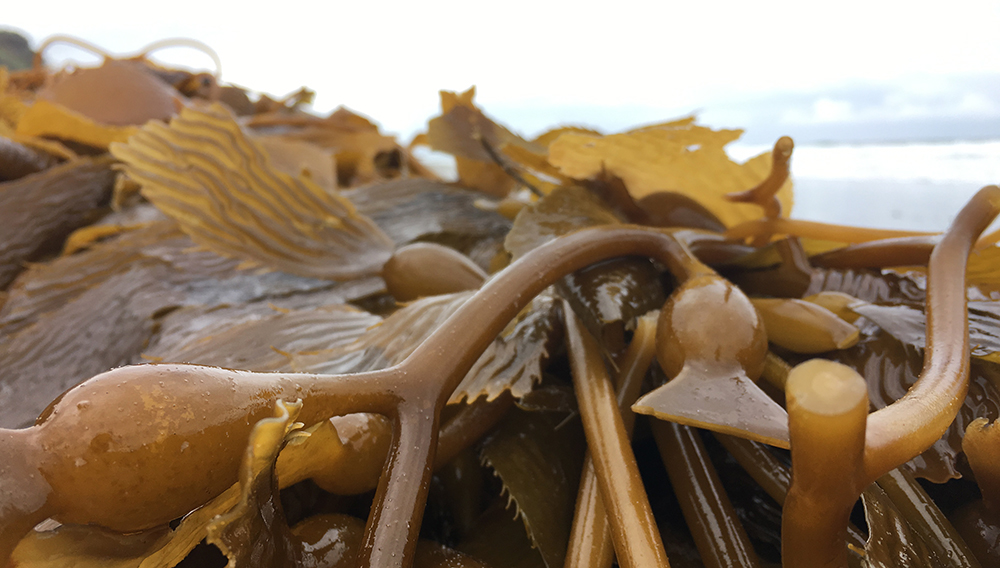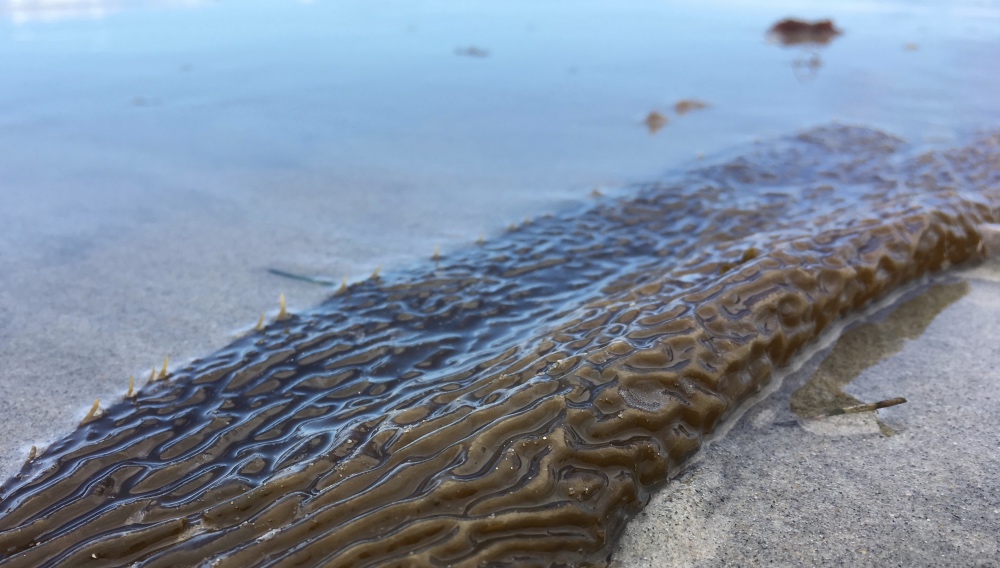Just your nightly bedtime story? This week’s UN climate change report assesses the state of the oceans. It’s a dire forecast of melting ice sheets, sea level water rise, and acidification of the oceans. The acidification happens as the water takes in more and more human caused carbon dioxide. The report says that we have to reduce greenhouse gas emissions by 45% by 2030. Besides reducing emissions we need to work on restoring the oceans. Is there anything hopeful I can write about this week? Yes!
Imagine small scale farms for seaweed and shellfish such as oysters. These plants and animals have the superpower to clean the water, filter out pollutants, and capture carbon dioxide. By working their magic, they put underwater ecosystems back into balance. This week’s story is about a seaweed farm called Ocean Rainforest.
Picture a windy, cloudy and cold place. This story brings us far north to the Faroe Islands. They are situated in the middle of the North Atlantic Ocean, halfway between Norway and Iceland.
This is where the company Ocean Rainforest seeds, grows, harvests, and processes seaweed. They sell four types of seaweed on their website that can be used for food, cosmetics, and packaging. Seaweed farming is extremely sustainable because it doesn’t need fertilizer or water to grow, and doesn’t require deforestation.
By cultivating the seaweed instead of taking from wild stocks, we are sustaining the natural balance of our fjords.
http://www.oceanrainforest.com/
What I love most about Ocean Rainforest is how their farm takes in more carbon dioxide than they use.

As seaweed grows it takes in carbon dioxide and produces oxygen. Pieces of seaweed get washed out to sea and sink to the bottom of the ocean, where they permanently sequester carbon.
Coastal ecosystems sequester away surprisingly large amounts of carbon – they can sequester up to 20 times more carbon per acre than land forests
http://sitn.hms.harvard.edu/flash/2019/how-kelp-naturally-combats-global-climate-change/
Ocean Rainforest is one of the largest seaweed cultivators in Europe. Let’s hope their success inspires other seaweed farmers to start similar companies all around the world!
Sign up for weekly inspiration right in your inbox



